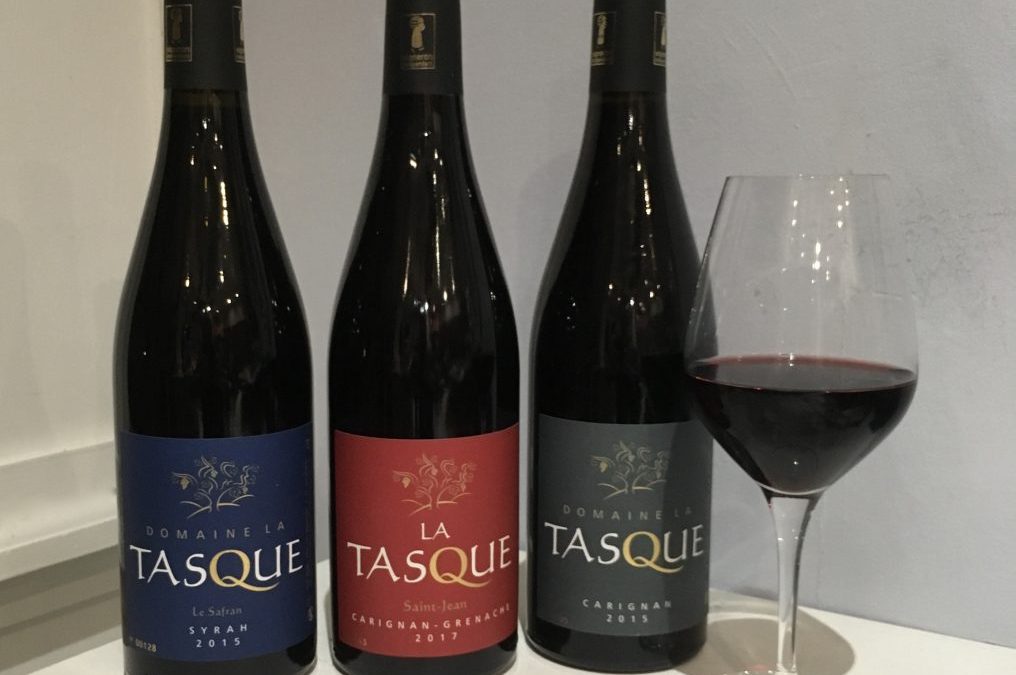by Domaine La Tasque | Apr 22, 2020 | News
Special offer on Syrah 2015 ‘chez vous’ in France until 11 May 21% off a case of our medal winning Syrah 2015 Also, a ‘Taste of La Tasque’ mixed case Free delivery within 30 km of our winery in Mailhac. 8,50€ delivery for 6 to 12...

by Domaine La Tasque | Nov 17, 2019 | News
La Tasque wines for Christmas Friends in the UK, pre-order Domaine La Tasque wines now, for delivery to your door in time for Christmas. Choose from our sumptuous, medal-winning Syrah, our rugged but strangely smooth Carignan or the newly released...
by Domaine La Tasque | May 13, 2019 | News, Organic
Going for organic certification Carignan Vineyard We have been farming our vineyards organically since the we started in 2012. We have decided to make that official and have signed up with Ecocert, an organisation that requires compliance with their standards for...
by Domaine La Tasque | Sep 3, 2018 | News
The decision when to harvest the grapes is vitally important. The links to the videos below explain how to assess grape ripeness. It’s not just about sugar levels, but flavour and tannin ripeness too. And don’t forget to look at the colour of the pips!...
by Domaine La Tasque | Mar 29, 2018 | News
Bottling 2016 Syrah and Carignan We bottled our 2016 Syrah and 2016 Carignan yesterday, 2500 bottles in all. It was a small but perfectly formed vintage – our best yet we think. It needs more time to mature in bottle so it won’t be released until next...
by Domaine La Tasque | Jun 22, 2017 | News
2017 in the vineyard – highs and lows The morning of the 18th April was when the big frost hit the Languedoc. Not all vineyards were affected – it depended on topography but unfortunately our vineyards were badly hit. Within a couple of hours our vines...


